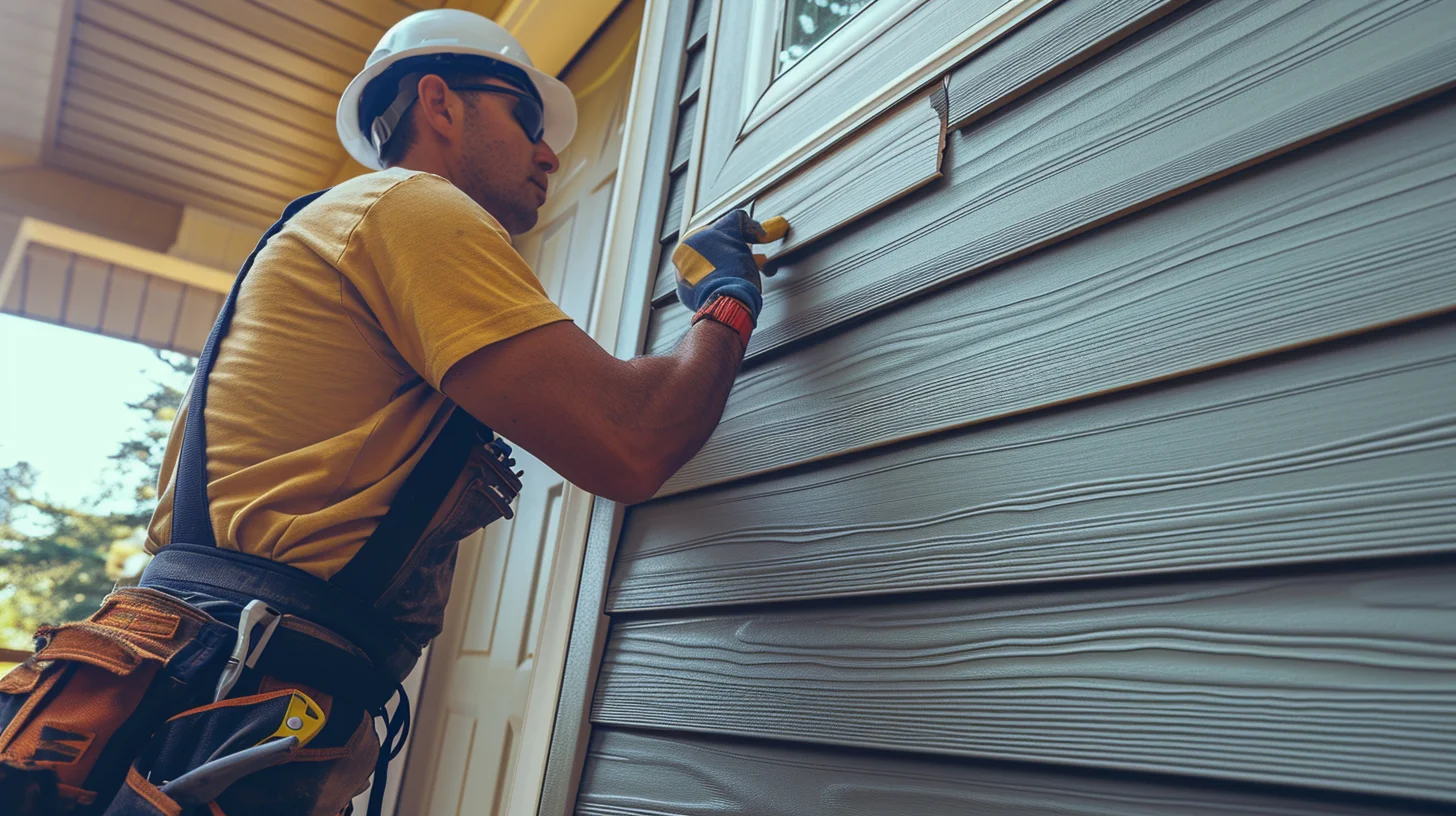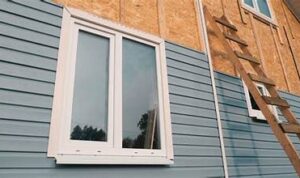Delve into the realm of siding world where different materials come together to protect and beautify buildings. From installation techniques to maintenance, this guide covers it all, offering a rich tapestry of knowledge for readers to explore.
Overview of Siding World
Siding World encompasses the various materials and techniques used to protect and enhance the exterior of buildings. Siding plays a crucial role in safeguarding structures from weather elements, improving energy efficiency, and adding aesthetic appeal.
Types of Siding Materials
- Vinyl: A popular and cost-effective option known for its durability and low maintenance.
- Fiber Cement: Combines the look of wood with the durability of cement, resistant to fire, insects, and rot.
- Wood: Provides a classic, natural look but requires more maintenance to prevent rot and insect damage.
- Brick: Durable and low maintenance, offering a timeless look with excellent insulation properties.
- Stone: Adds a luxurious and elegant appearance, but can be more expensive and labor-intensive to install.
Importance of Siding
Siding is essential for protecting buildings from moisture, wind, UV rays, and temperature fluctuations. It acts as a barrier against water infiltration, preventing structural damage like mold and rot. Additionally, siding enhances the curb appeal of a property and contributes to its overall value.
Benefits of Quality Siding
High-quality siding offers numerous advantages for a property, ranging from durability to energy efficiency. Let's explore the benefits in detail.
Durability of Siding Materials
When it comes to durability, different siding materials have varying levels of resilience. For example, vinyl siding is known for its low maintenance and long-lasting properties, while fiber cement siding offers excellent durability against harsh weather conditions. On the other hand, wood siding provides a classic look but requires more maintenance to prevent rot and decay.
Energy Efficiency and Cost Savings
Energy-efficient siding can help reduce utility costs by improving insulation and reducing heat loss or gain. Materials like insulated vinyl siding or fiber cement with added insulation can enhance the energy efficiency of a property, leading to lower heating and cooling bills over time.
Visually Appealing Options
There are a variety of visually appealing siding options available in the market to enhance the curb appeal of a property. From traditional vinyl siding in different colors and textures to modern fiber cement siding that mimics the look of wood or stucco, homeowners have plenty of choices to suit their aesthetic preferences.
Installation Techniques
When it comes to installing siding, there are several key steps involved that are crucial to ensure a long-lasting and durable finish. Proper installation techniques are essential in maintaining the integrity of your siding and protecting your home from the elements.
General Steps in Installing Siding
- Prepare the surface: Ensure that the surface where the siding will be installed is clean, smooth, and free of any debris or rot.
- Measure and cut: Accurately measure and cut the siding panels to fit the specific dimensions of your home.
- Install starter strips: Begin by installing starter strips at the bottom of the wall to provide a secure base for the siding panels.
- Attach siding panels: Securely attach the siding panels to the wall, making sure they are level and properly aligned.
- Finish with trim: Complete the installation by adding trim around windows, doors, and corners for a polished look.
Tips for Proper Siding Installation
- Follow manufacturer's instructions: Always refer to the manufacturer's guidelines for proper installation techniques and best practices.
- Use the right tools: Make sure you have the necessary tools and equipment for the job to ensure a smooth installation process.
- Seal seams and edges: Properly seal all seams and edges to prevent water infiltration and ensure a tight, weatherproof seal.
- Allow for expansion: Remember to allow for expansion and contraction of the siding material to prevent buckling or warping over time.
Importance of Hiring Professionals
- Expertise and experience: Professional installers have the knowledge and experience to properly install siding and troubleshoot any issues that may arise.
- Time and efficiency: Hiring professionals can save you time and ensure a quicker, more efficient installation process.
- Warranty and guarantees: Many professional siding companies offer warranties on their work, providing added peace of mind for homeowners.
- Safety: Professional installers are trained in safety protocols and can ensure that the installation is done safely and securely.
Maintenance and Repair
Regular maintenance is crucial in prolonging the lifespan of your siding and ensuring it remains in top condition. By following some simple practices, you can prevent major issues and costly repairs down the line.
Common Maintenance Practices
- Regularly inspect your siding for any signs of damage, such as cracks, warping, or discoloration.
- Clean your siding at least once a year to remove dirt, mold, and mildew that can cause deterioration.
- Trim any trees or bushes near your siding to prevent damage from branches rubbing against it.
- Check for gaps or loose panels and seal them to prevent water infiltration.
Signs for Repair or Replacement
- Visible cracks, holes, or chipping in the siding.
- Peeling paint or fading color that indicates weather damage.
- Increased energy bills due to poor insulation provided by damaged siding.
- Water stains or mold growth on the interior walls, indicating water infiltration.
DIY Siding Repair Tips
- For small cracks or holes, use a caulking gun to fill in the gaps and prevent further damage.
- If a panel is loose, reattach it using screws or nails and seal the edges with caulk.
- Repaint any chipped or peeling areas to protect the siding from the elements.
- Replace damaged pieces of siding with new ones if the damage is extensive.
Final Summary
As we conclude our journey through the world of siding, we reflect on the key aspects discussed. From the importance of quality materials to the significance of proper installation, this guide serves as a valuable resource for all your siding needs.
Popular Questions
What are the most common types of siding materials used?
Common siding materials include vinyl, wood, fiber cement, and metal.
How can energy-efficient siding benefit homeowners?
Energy-efficient siding can help reduce heating and cooling costs by improving insulation.
Is it better to hire professionals for siding installation?
While DIY installation is possible, hiring professionals ensures proper installation for longevity.
What are some signs that indicate siding repair is needed?
Signs include cracks, warping, mold growth, or loose siding panels.
How can homeowners maintain their siding?
Regular cleaning, inspections for damage, and prompt repairs can help prolong siding lifespan.








